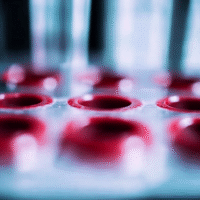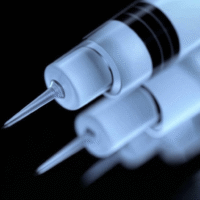Understanding the Study Results
The research looked at how well a type of brain test called EEG (electroencephalogram) can predict outcomes for patients who are not fully conscious due to various brain injuries. This study involved 364 patients with different types of conditions affecting consciousness.
What Worked?
- EEG tests that showed no reactivity (called unreactive EEG) were strongly linked to worse outcomes after six months.
- This means if a patient’s EEG is unreactive, they are likely to have serious problems later on.
- EEG tests were more specific (97% accurate) in predicting poor outcomes, especially for patients with hypoxic-ischemic brain injuries.
What Didn’t Work?
- While unreactive EEG is a good predictor, it had low sensitivity (only 22% to 46% depending on the injury type), which means it missed many patients who could still have better outcomes.
How This Helps Patients and Clinics
- This study shows that EEG can help doctors better understand how serious a patient’s condition is.
- By identifying patients at risk of poor outcomes, doctors can plan care more effectively.
Real-World Opportunities
- Hospitals can use EEG results to make informed decisions about treatment plans.
- Doctors can have more accurate conversations with families regarding prognosis.
Measurable Outcomes for Clinics
- Track the percentage of patients with unreactive EEG who experience poor outcomes.
- Monitor the improvements in prediction accuracy for different types of brain injuries.
AI Tools to Consider
- Using AI tools can help analyze EEG data more effectively, spotting patterns that could indicate outcomes faster.
Step-by-Step Plan for Clinics
- Start Small: Begin by implementing EEG tests for patients with suspected severe brain injuries.
- Train Staff: Ensure staff understands how to interpret EEG results.
- Collect Data: Track outcomes for patients based on their EEG results to see how well predictions hold true.
- Review and Adjust: Regularly review the findings and adjust protocols based on what is learned.
- Expand Usage: Gradually expand EEG testing to other patient groups as staff becomes more comfortable.
For More Information:
To read the full study, please visit the following link: Original Research Article.






























